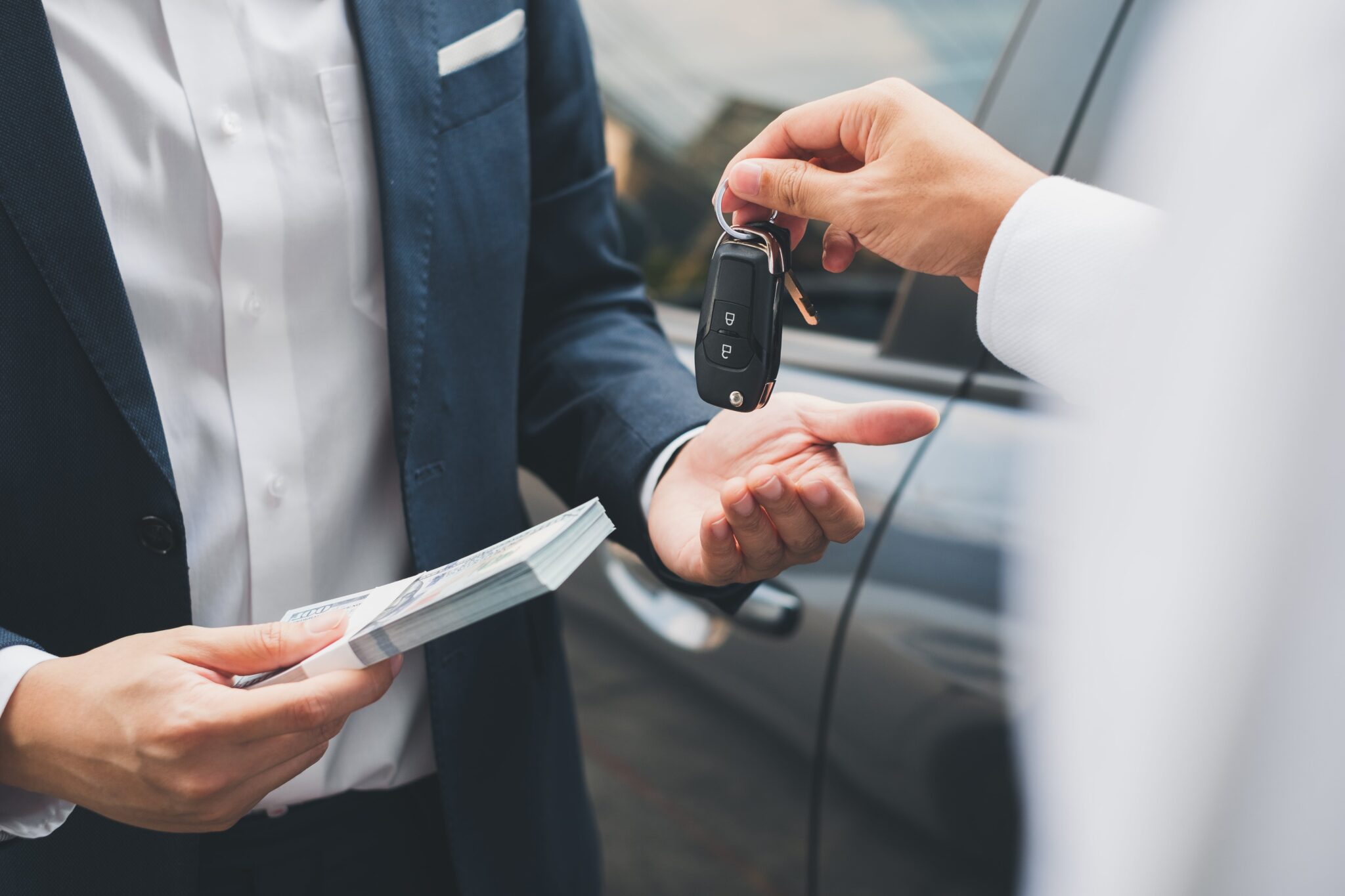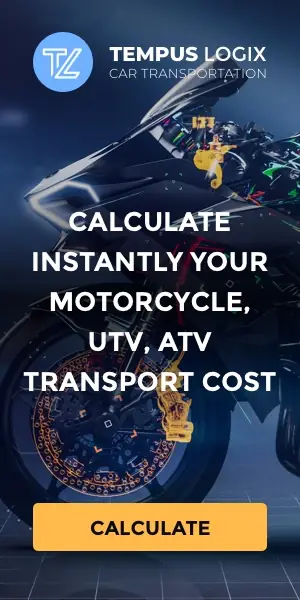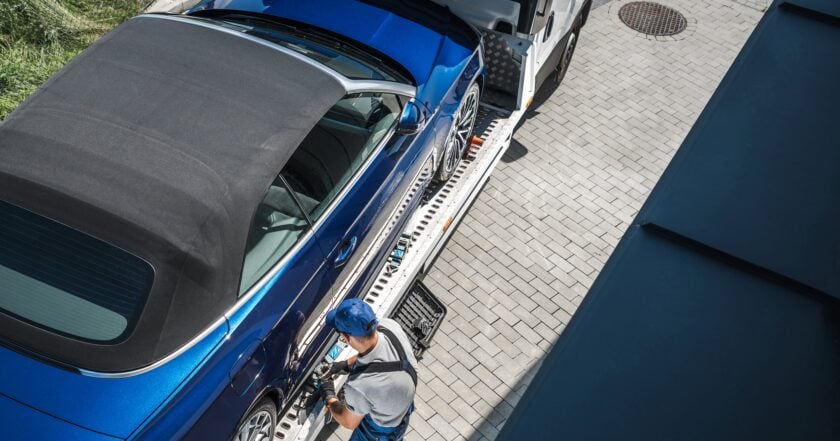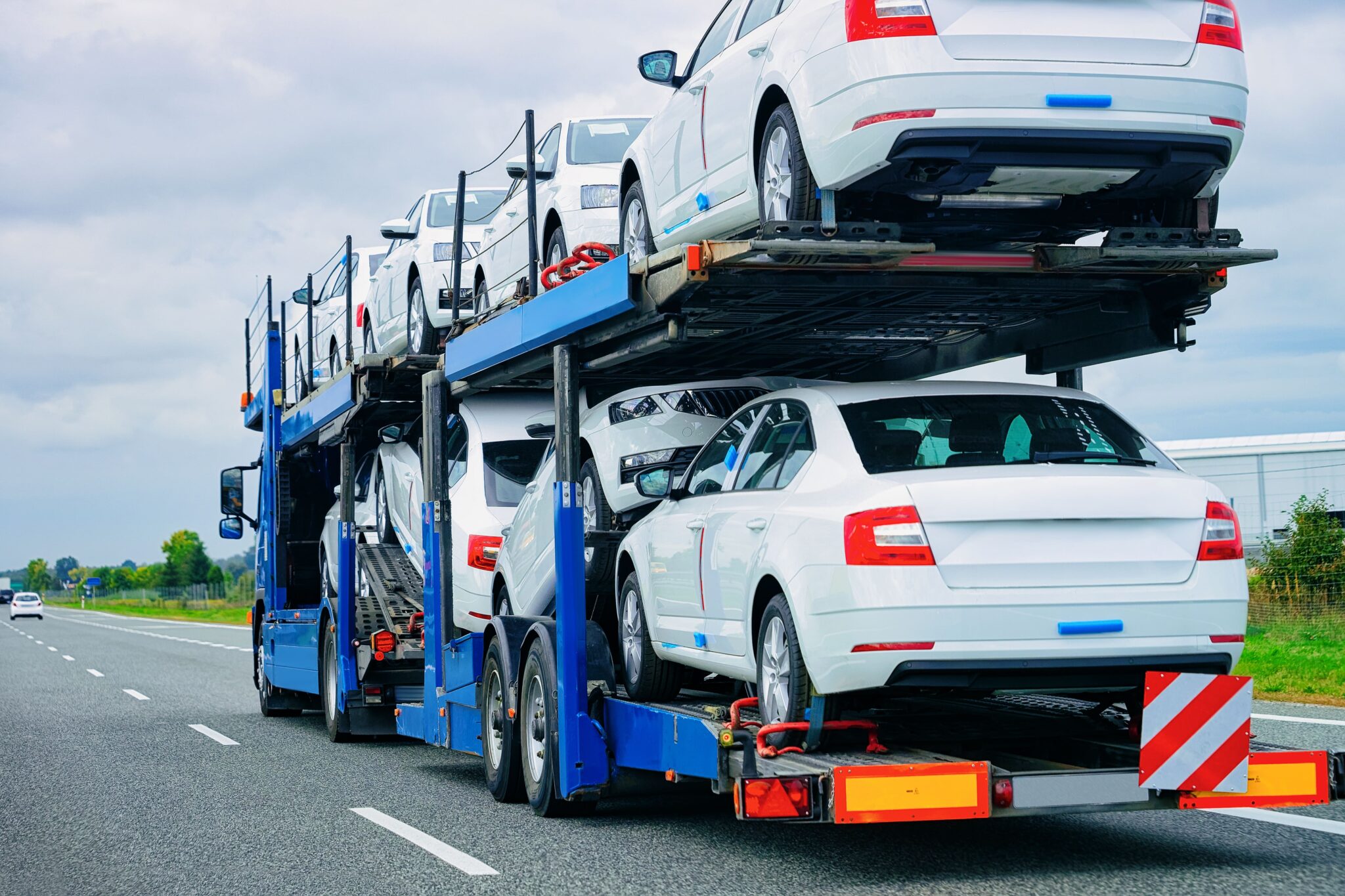You may be asking how to handle non-running vehicles shipping without causing more harm if you need to relocate a vehicle that has been in an accident or a project car that needs repairs.
Selecting a premier auto shipping business is ideal right now because they have the tools and knowledge needed to complete the task quickly.
The cost of shipping non-running cars, the advantages of employing auto shipping services for such vehicles, the procedures to follow when shipping a non-running car, and the difficulties encountered in the process are just a few of the subjects covered in this article.
Problems with Transporting Unusable Vehicles
It Is difficult to ship a non-running car since it requires more work. If the auto transporter does not have the required tools, knowledge, or experience, the car could sustain significant damage throughout the loading and unloading process into the carrier.
The Value of Auto Transport Services for Non-Operating Vehicles
The most reliable method to transport non-running cars is hiring a professional and reputable auto transport company. Hiring the right auto shipping service provider guarantees the vehicle is transported safely and simplifies the process for its owner.
With over eight years of experience, Tempus Logix carries a variety of vehicles, including non-running automobiles. The company has driven 67 million miles and delivered over 45,000 to different locations throughout the US. Working with a wide range of thoroughly screened carriers, Tempus Logix can adequately accommodate any vehicle transportation requirements.
Key Steps to Transport Non-Running Vehicles
Transporting inoperable cars is similar to shipping operational ones except for some additional steps.
Know What the Problem with the Car Is
Knowing that a car is unusable for an unknown cause is insufficient. Vehicle owners should be aware of their cars’ issues in order to transfer them in a safe and economical manner.
For example, the car’s engine may be an issue in certain situations, even if the steering and braking work. In this case, the car can be loaded to the carrier manually or by using a winch. On the other hand, if the vehicle is entirely inoperable and doesn’t steer or brake, it requires more labor and effort to lift it. The carrier usually uses a forklift or lift gates to load and unload the car.
Hence, knowing the car’s problems helps owners or shippers choose the correct shipping method without adding up the costs of using an expensive and unnecessary service.
Inform the Car Carrier about the Car’s Specifications
Car owners should clearly describe the car’s condition to the carrier. After all, not all auto shipping companies offer shipping services for non-running vehicles. In addition, concealing such information from the airline could result in charging an additional fee, delaying the shipping time, or even canceling it altogether.
Transparency when shipping non-running vehicles is for the convenience of all the involved parties. So, after learning the exact problem with the car, provide the carrier with accurate and complete information. This way, they can be well-prepared to handle the car’s shipment.
Choose the Appropriate Auto Transport Type
There are three main types of shipping vehicles, both operable and inoperable. However, when the car is not running, there will be some limitations on choosing a transport type depending on the level of damage to the vehicle. These are the three main types of auto shipping:
Open-Carrier Auto Transport
If the shipped vehicle is not entirely wrecked, an open-air carrier can transport non-running vehicles. The carrier can use a winch to load and unload non-running cars to the open trailer. Open auto transport is affordable for regular vehicles and other types of cars as long as the owner doesn’t mind exposing them to the elements.
Enclosed Auto Transport
Enclosed auto shipping is perfect for classic cars that don’t work yet maintain their unique bodywork. This option is only available to vehicles that roll and steer. Otherwise, the carrier driver won’t be able to load the car into the enclosed vehicle. It is also a more expensive auto-shipping option.
Flatbed Auto Transport
Flatbed carriers are trucks with raised beds behind them. This method is perfect for non-functioning cars. The cars are loaded and unloaded to flatbeds using a forklift. Like open carriers, the cars will be exposed to the elements and road debris.
The Cost of Shipping Inoperable Cars
The make and model of the car, the shipping destination, the distance, the time, and the type of auto shipping are some of the factors that often affect any auto shipment. Transporting non-functioning cars is more expensive than shipping operational ones when you factor in the additional time, labor, and materials required to load and properly unload cars.
In conclusion, shipping inoperable vehicles requires careful planning and special care. Non-running vehicles can be securely delivered to their destination by acknowledging the car’s problem, providing the auto shipper with accurate information, and choosing the appropriate auto transport type.










